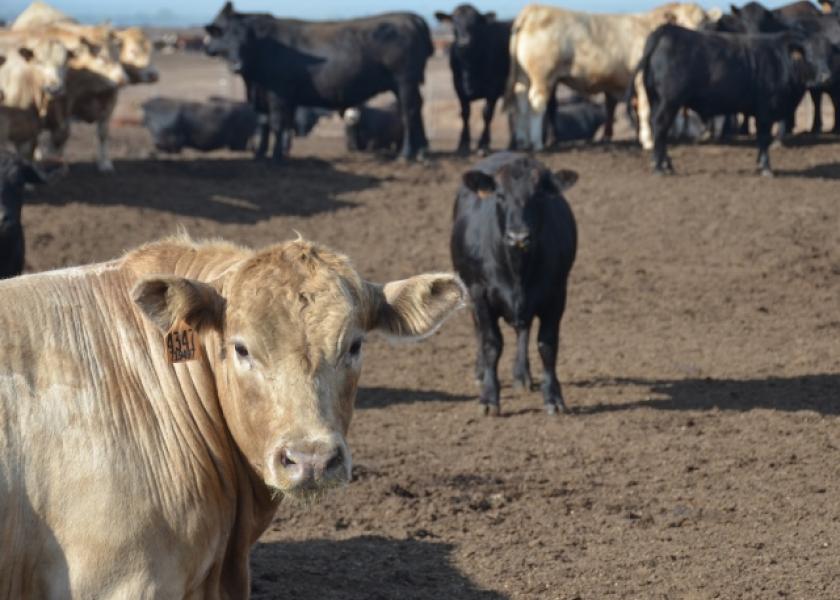Feedlots Place More and Lighter Cattle

The latest Cattle on Feed report showed a September 1 feedlot inventory of 11.125 million head, a record for the month since the current data series began in 1996. The September 1 inventory was 105.9 percent of one year ago. A twelve month moving average of monthly feedlot inventories shows that, over the last year, feedlots have had the largest average feedlot total since 2007. August marketings were even with year earlier levels, and equal to pre-report estimates.
August placements were larger than average pre-report estimates at 107.4 percent of last year. However, some analysts anticipated a placement total this large. Increased August placements largely consisted of cattle under 700 pounds, with the under 600 pound category up 19.4 percent year over year and cattle placed weighing 600-700 pounds were up 17.5 percent compared to last year. In fact, lightweight placements have dominated total feedlot placements since May. In the last four months, placements of cattle under 700 pounds has been up 13.2 percent year over year, while placements weighing over 700 pounds were down 1.0 percent year over year. Lightweight feedlot placements likely include lighter weight steer placements as well as continued high proportions of heifers in the feedlot total. Heifers are typically placed 50-100 pounds lighter in weight compared to steers. Lightweight placements since May will result in lighter and later fed marketings and may contribute to relatively tighter fed cattle supplies for the remainder of the year.
Total cattle slaughter is up 3.2 percent for the year to date, led by aggressive female slaughter. Heifer slaughter is up 8.3 percent year over year for the year to date. However, heifer slaughter is expected to show much smaller year over year increases in the fourth quarter, thereby moderating the annual increase. Beef cow slaughter is 11.4 percent larger year over year so far this year. Dairy cow slaughter continues to inch higher and is up 4.5 percent so far this year. Steer slaughter continues below year ago levels and is down 0.8 percent year over year for the year to date. Steer slaughter will likely increase some relative to last year and result in an annual total slightly larger than last year.
In the most recent weekly slaughter data, steer carcass weight was 896 pounds, equal to one year ago while heifer carcasses were 3.0 pounds heavier year over year at 819 pounds and cow carcass weights were 639 pounds,4.0 pounds lighter than the same time last year. For the year to date, steer carcass weights are averaging 4.8 pounds higher year over year; heifers are 8.2 pounds heavier and cow carcasses are 5.4 pounds heavier than last year. Beef production is on track to reach a record level of 27.1 billion pounds in 2018, up 3.6 percent year over year. For the year to date, beef production is up 3.0 percent year over year but is expected to be about four percent larger in the fourth quarter compared to last year.







